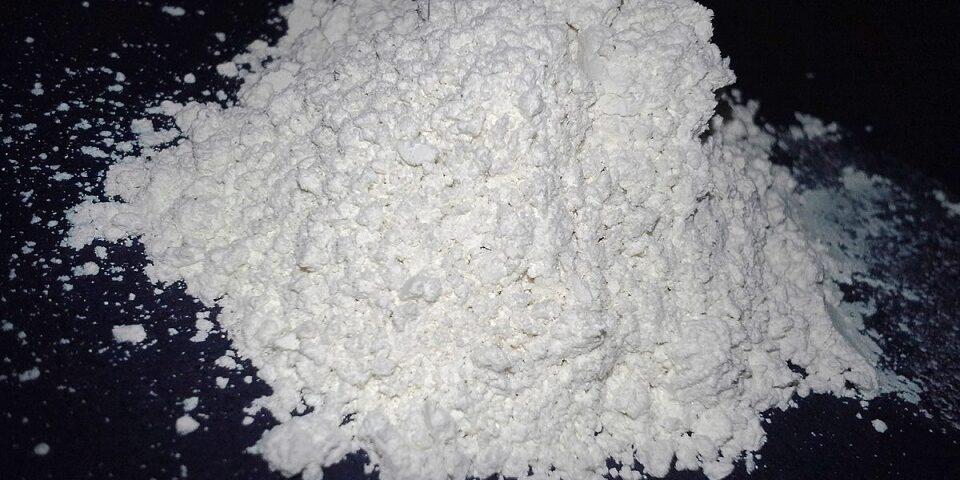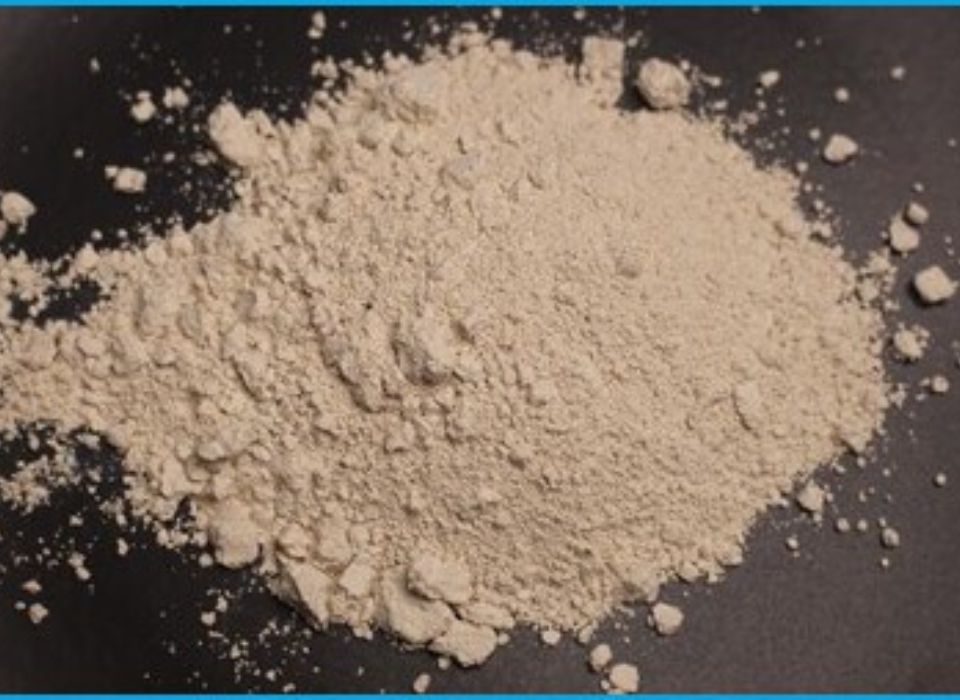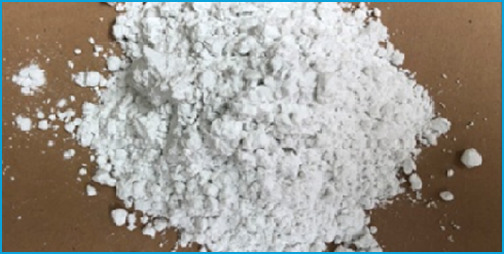
The Benefits of Using Ceramic Water Filtering Candles in Developing Countries
May 10, 2023
Understanding the Benefits of Silicon Fertilizers for Indian Farmers
May 29, 2023How to Properly Use Diatomaceous Earth as an Insecticide
Introduction
Diatomaceous earth (DE) is a natural and effective insecticide that can be used to control pests in various settings. In this guide, we will explain the proper usage of diatomaceous earth to maximize its effectiveness in pest control. As a trusted manufacturer and supplier of diatomaceous earth, we provide high-quality products that meet your needs.
I. Understanding Diatomaceous Earth
Diatomaceous earth is a sedimentary rock formed from the fossilized remains of diatoms, a type of algae. It is composed of silica, which is abrasive to insects but harmless to humans and pets. The microscopic sharp edges of diatomaceous earth pierce the exoskeleton of insects, leading to dehydration and ultimately their demise. This unique mode of action makes it an excellent insecticide.
II. Identifying Target Pests
To effectively control pests using diatomaceous earth, it's essential to identify the specific insects you're targeting. It is effective against a wide range of pests, including ants, bed bugs, fleas, cockroaches, spiders, and many others. Proper pest identification and monitoring are crucial for successful pest control.
III. Preparation and Application
When handling Diatomaceous Earth for Insecticides, it's important to take safety precautions. Wear gloves, a dust mask, and eye protection to avoid any potential irritation or inhalation. Diatomaceous earth can be used both in its dry form or mixed with water. To create a liquid spray, mix the appropriate amount of diatomaceous earth with water according to the manufacturer's instructions. Stir well until the mixture is evenly distributed.
Application Methods: Dusting, Spraying, and Barrier Placement
Indoor and Outdoor Applications: Specific Considerations
For indoor applications, focus on areas where pests are commonly found, such as around baseboards, windows, doorways, and under appliances. Outdoors, target entry points, pathways, and areas around vegetation. Reapply diatomaceous earth after rainfall or as needed for continuous pest control.
IV. Tips for Effective Use
VI. Safety and Environmental Considerations
Conclusion
In conclusion, diatomaceous earth is a versatile and natural insecticide that can effectively control a wide range of pests. By following the proper usage guidelines outlined in this guide, you can maximize the effectiveness of diatomaceous earth in your pest control efforts. As a reputable manufacturer and supplier of diatomaceous earth, we ensure the highest quality standards in our products. Choose us for your diatomaceous earth needs, and benefit from our commitment to quality, customer satisfaction, and reliable pest control solutions.




